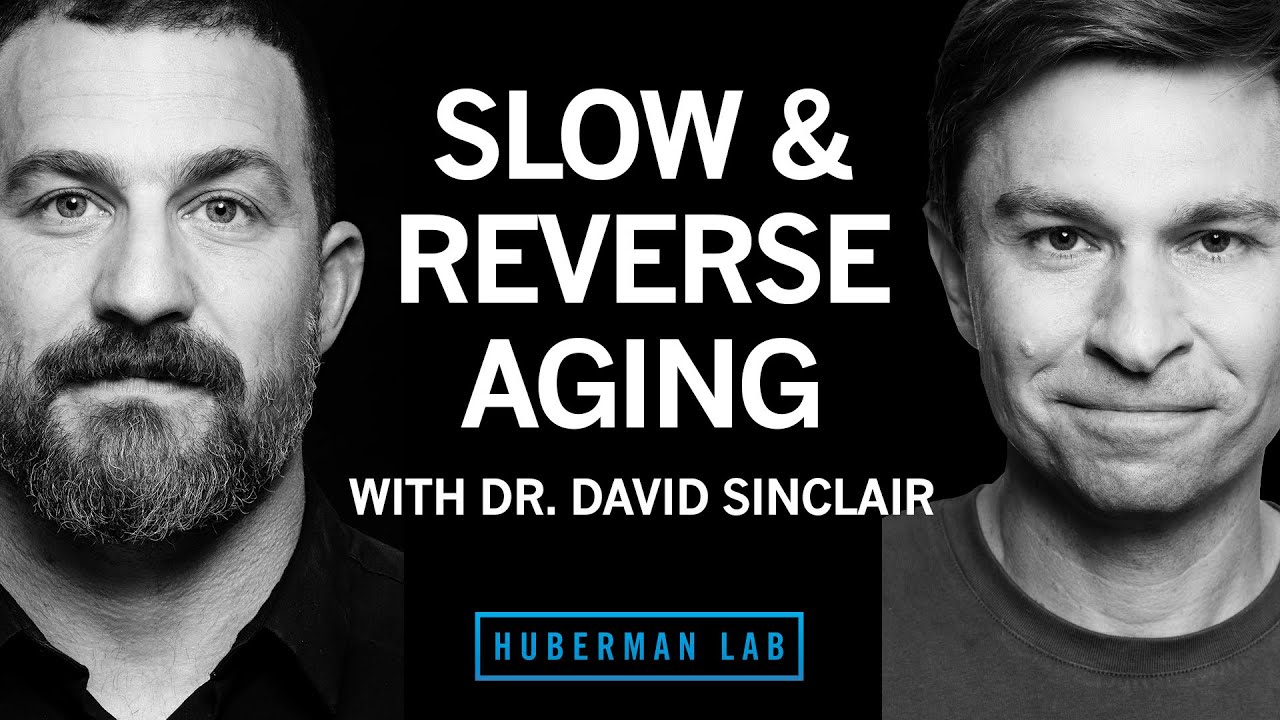- Statistics on cancer deaths and the links between cancer and hormones and cancer and obesity.
- How cancer cells interact with the immune system, the role of immunotherapy, and the ways in which experts are using the immune system to combat cancer.
- The importance of early cancer detection and integrating diagnostics and therapeutics to improve cancer treatment.
- How cancer treatments might be customised according to individual genetic profiles and molecular characteristics of tumours.
- The issue of disparities in cancer care and the need for better access to expert opinions and treatment options for patients.
- An insight into some of the major commercially available cancer screening tests.
- The potential of using artificial intelligence to aid in decision-making for complex cancer cases and treatment options.
The latest in cancer therapeutics, diagnostics, and early detection
The latest in cancer therapeutics, diagnostics, and early detection
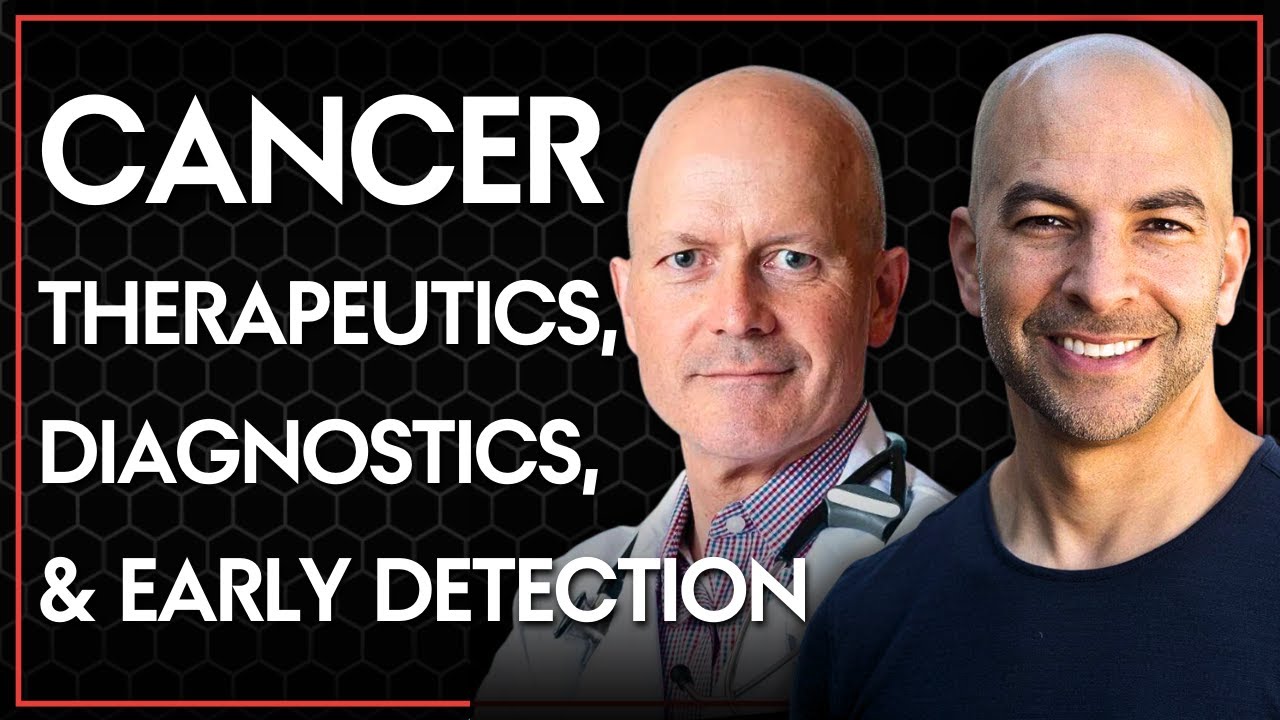
- If you're at risk for cancer or have a family history, consider doing regular cancer screening tests. Also, ask your physician about the possibility of getting a liquid biopsy. These can detect cancer-related DNA fragments in the bloodstream, helping with early detection and monitoring.
- If you have a family history of cancer or other risk factors, consider taking a genetic test to identify potential genetic mutations that could increase your risk of developing cancer.
- If diagnosed with cancer, work closely with healthcare professionals to ensure your treatment plan is personalised to your specific genetic profile and the characteristics of your tumour.
- When discussing treatment options, ask your healthcare provider about targeted therapies that focus on specific genetic mutations present in your tumour.
- Educate yourself about concepts such as clonal heterogeneity and methylation patterns and how these can provide valuable insights for accurate diagnoses and treatment decisions.
- If considering commercial cancer screening tests, research and select tests from reputable companies that use advanced DNA sequencing technology, such as Thrive, Exact, or Delphi.
- Keep up-to-date with the advancements in AI applications for cancer diagnosis and treatment. Such technologies could potentially provide valuable decision support.
The Pervasive Presence of Cancer
It’s hard to find someone who hasn’t been affected by cancer in some way. This alone should be enough of a reason to improve cancer detection and treatment methods. But when you look at the data, the urgency becomes even more critical.
There is no other disease that always ranks in the top three causes of death for every age. That’s it, full stop, it’s cancer.
Peter Attia
Along with cardiovascular disease and neurodegenerative disease, cancer is one of the most deadly chronic diseases out there. But unlike the first two, where the severity doesn’t really become a major cause of mortality until people reach their 70s and 80s, cancer begins to strike hard at a very young age. And the numbers peak in middle-age.
| Age Range | 25-34 | 35-44 | 45-54 | 55-64 | 65-74 | 75-84 | 85+ |
| Percent of Deaths per age group attributed to cancer | 6% | 13% | 23% | 30% | 31% | 24% | 12% |
| Rate of cancer death per 100k (Rank) | 8 (3rd) | 26 (3rd) | 88 (2nd) | 267 (1st) | 553 (1st) | 1036 (2nd) | 1649 (3rd) |
| Leading causes of death | Accidents, ASCVD | Accidents, ASCVD | ASCVD | – | – | ASCVD | ASCVD, Neuro-degenerative disease |
Source: https://peterattiamd.com/keithflaherty2/
Brain tumours, leukemia, melanoma, and certain skin cancers are more common among younger individuals in their 20s, 30s, and 40s. Meanwhile, smoking-related cancers — like lung cancer but also lesser known ones like head and neck cancer — as well as hormone-driven cancers like breast and prostate cancer are more prevalent in older age groups.
The Link Between Hormones & Cancer
Speaking of hormones…
Despite their known role in breast and prostate cancers, these cancers often develop when hormone levels are low. For example, prostate cancer is most aggressive when testosterone levels are lowest, and breast cancer doesn’t necessarily peak when oestrogen levels are highest. Somehow, these cancers figure out how to replace hormone functions, and start being driven by specific mutations — which makes them more tricky to combat. This not only defies expectations but shows that there’s more complexity beneath the surface.
Typical hormone-sensitive cancers that proliferate without their respective hormones tend to be the harder ones to combat.
Keith Flaherty
The Link Between Obesity & Cancer
The role of obesity as a cancer trigger is often overshadowed by factors like smoking and sun exposure. But it’s not just about the physical aspect of obesity. It’s more that the inflammation and certain factors that come with it — like insulin and insulin-like growth factor (IGF-1) — can prompt cancer cells to grow.
This is a very complex process, given that obesity affects the body’s metabolic response. The exact level of risk and the time it takes to develop cancer due to obesity-related factors aren’t yet understood. However, research does highlight obese people have a higher risk of certain cancers, with lab studies demonstrating that high levels of insulin and IGF can activate pathways that encourage cancer cell growth.
Immunotherapy & How The Immune System Interacts with Cancer Cells
By scanning for differences between cancer cells and normal cells, the immune system is able to recognise protein mutations (aka neoantigens) and activate a response to eliminate them. However, cancer cells have developed strategies to evade immune detection; they express inhibitory molecules like PD-1/PD-L1 that basically shut down the immune cells’ attack. Not only that, but around 80% of common epithelial cancers (e.g. breast, colon, prostate) have novel neoantigens, some of which accumulate mutations that are not strongly recognised by the immune system.
Nevertheless, unveiling this interaction between immune cells, mutated proteins, and cancer cells has been key for developing immunotherapies. A major one is Keytruda: it suppresses these PD-1 molecules and unleashes the immune system against cancer. Even so, the interplay is complex, and researchers are still trying to get their heads around it.
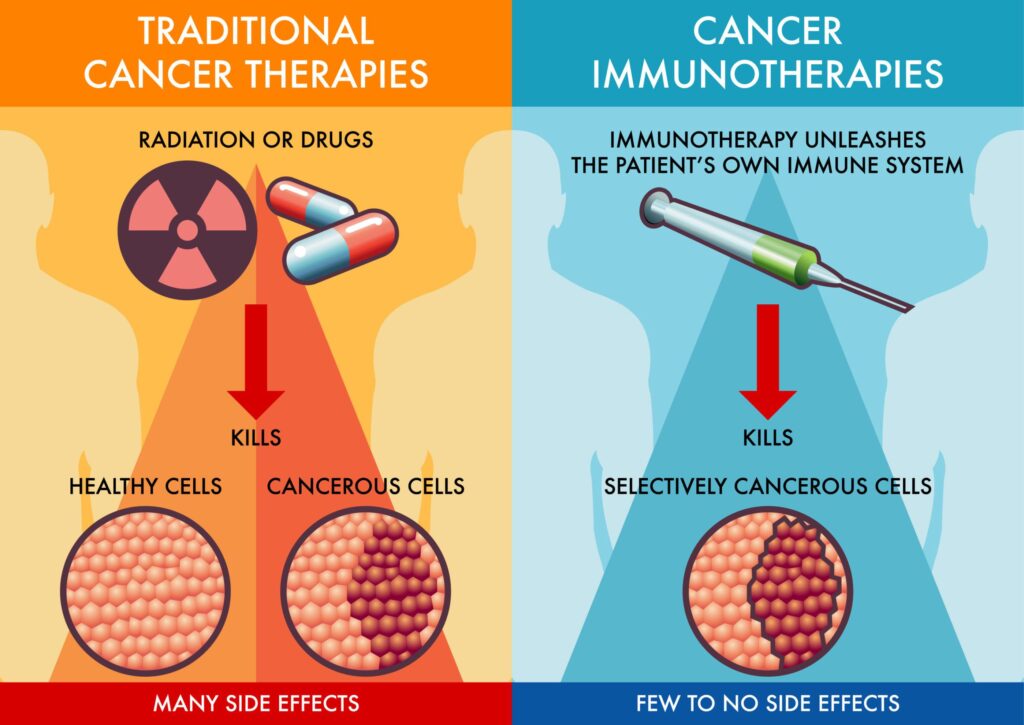
Source: https://www.arizonabloodandcancerspecialists.com/what-is-immunotherapy/
The Importance of Early Cancer Detection
The difficulty in treating metastatic cancer highlights the significance of early detection to enhance survival rates. For example, patients with stage 3 colon cancer who have no evidence of metastasis might have a 60-70 percent survival rate after five years with chemotherapy, whereas those with stage 4 colon cancer that has spread to other organs may have a survival rate of only a few percent.
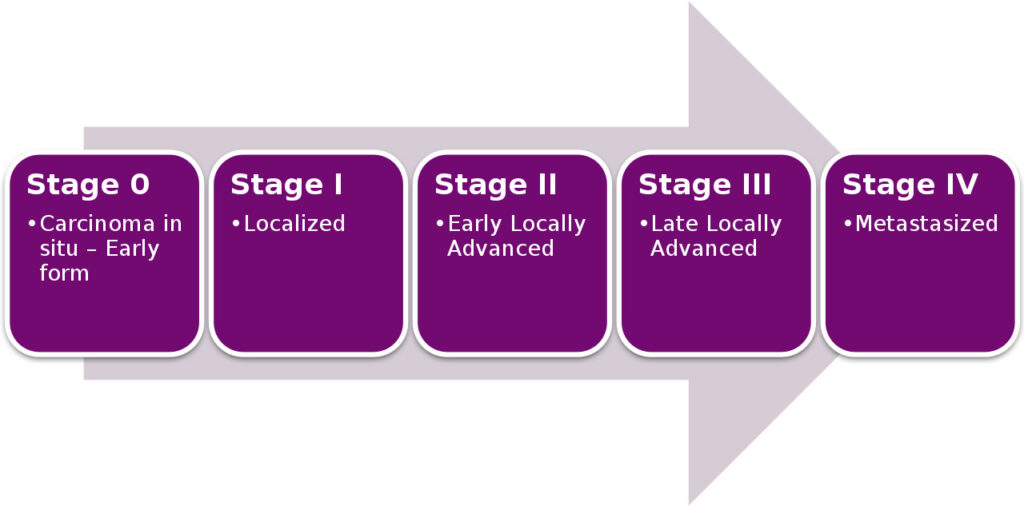
Source: https://en.wikipedia.org/wiki/Cancer_staging
Experts have two hypotheses for why treatment outcomes vary at different cancer stages. The first is clonal heterogeneity, where cancer cells diversify over time and develop resistance mutations, making the therapy less effective. The second relates to how certain drugs used in therapies might enhance immune recognition and trigger the immune system to eliminate remaining cancer cells.
Current cancer screening methods, such as mammography, colonoscopy, and PSA tests, are sometimes unable to detect certain cancers effectively. Liquid biopsies, which involve detecting fragments of cancer DNA in the bloodstream, have emerged as an alternative. Not only can they offer a more sensitive approach for early cancer diagnosis, but they might also allow for targeted treatments based on the genetic characteristics of the detected cancer cells.
Commercially Available Cancer Screening Tests
Among the commercially available cancer screening tests, Thrive, Delphi, and Grail are some of the top companies out there. They all use liquid biopsies to detect cancer-related markers in the bloodstream and share similar performance characteristics. The main difference between them lies in their approach to detecting cancer-related markers in circulating tumour DNA. For example, Delphi focuses on fragment length, whereas Grail considers other factors like mutations.
That said, this field is evolving quickly, and other companies are cropping up with similar blood-based cancer screening tests. The potential of these tests to improve early cancer detection is promising. But there are still challenges. One of the main ones being the potential anxiety that may arise from positive test results without a well-established protocol for follow-up and management. Besides, whilst these tests are available for use, they are not yet considered imperative for routine cancer screening.
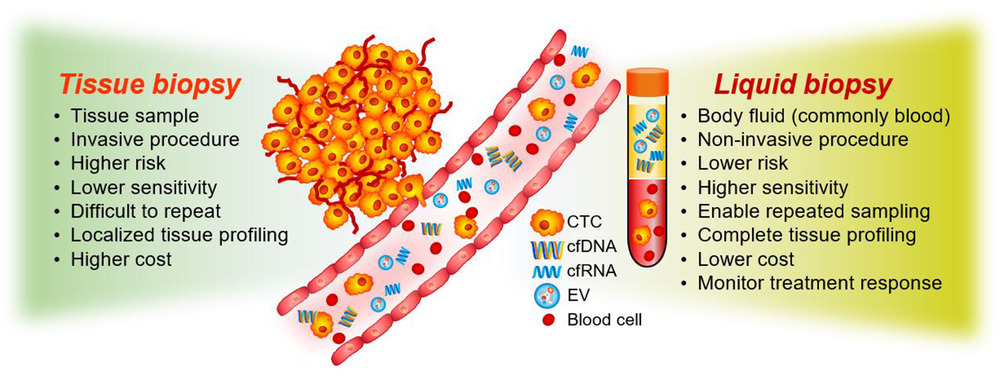
Source: https://onlinelibrary.wiley.com/doi/full/10.1002/ctd2.111#
The Issue of Disparity in Cancer Care
As highlighted in the beginning, cancer touches nearly everyone — one way or another. Therefore, it’s essential to address the disparity in cancer care. This can be done through collaborative efforts, such as pooling insights from various experts. But the use of technology also holds a lot of potential. Artificial intelligence could be used to analyse vast amounts of data and provide decision support to healthcare providers. By creating a database of expert opinions and treatment strategies, AI can assist in matching patients with the most effective treatments based on their unique genetic and tumour profiles.
The Future of Cancer Detection & Treatment
Indeed, technology could revolutionise cancer care. Continued advances in methods like sequencing and cell engineering are rapidly improving cancer diagnostics and therapeutics. And if, together with technological progress, we can further merge these two areas, we might just be able to achieve higher survival rates for cancer patients in the long term.



